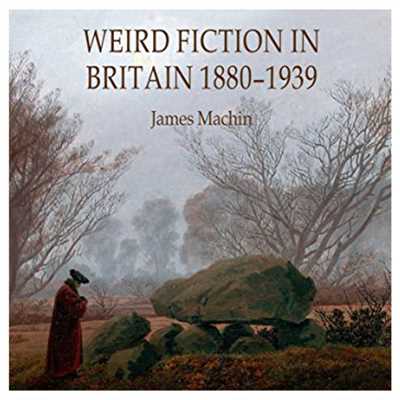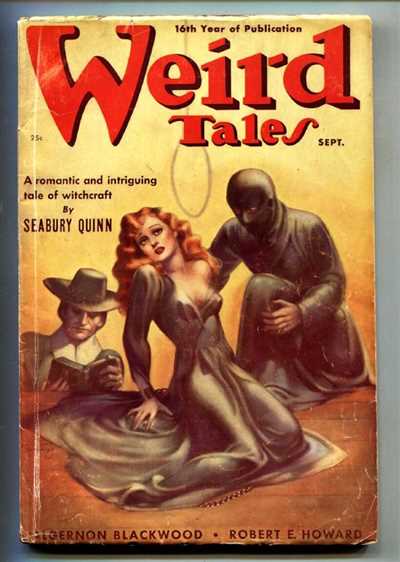
When it comes to writing, there are countless genres and styles to explore. But if you’re looking to immerse your readers in a sense of unease and otherworldliness, weird fiction might just be the genre for you. This acclaimed form of storytelling, with its defining elements of strange, dark, and peculiar narratives, has a long history that can be traced back to the works of writers like Robert Aickman, Leonora Carrington, and Jeff VanderMeer. But what exactly is weird fiction, and how can you master the art of crafting these peculiar tales?
At its core, weird fiction is a collision of different genres and styles, creating a place where the ordinary and the extraordinary, the real and the surreal, coexist. It’s a genre that eludes easy definition, as it encompasses a wide range of themes, from cosmic horror to psychological terror, and everything in between. One thing that sets weird fiction apart is its ability to tap into the darker recesses of our imagination, challenging the boundaries of what we consider normal and acceptable.
So, where do you start if you want to dive into this strange and captivating genre? One of the most important aspects of writing weird fiction is building a sense of atmosphere and setting that is both familiar and unfamiliar. Think of writers like China Miéville, whose novel “Perdido Street Station” immerses readers in the bewildering city of New Crobuzon, or Jeff VanderMeer’s “City of Saints and Madmen,” a book that shows us a fictional place called Ambergris, where the line between reality and fantasy is blurred.
Another key element of weird fiction is the presence of otherworldly creatures or phenomena that defy explanation. For example, in the works of H.P. Lovecraft, we encounter ancient cosmic beings that exist beyond human comprehension. These entities, which he referred to as “The Great Old Ones,” add a sense of awe and terror to his stories. In weird fiction, it’s often the unknown and the unknowable that have the greatest impact on the reader.
When it comes to crafting a weird fiction story, it’s important to experiment with different techniques and styles. Don’t be afraid to let your imagination run wild and explore new ideas. Take a page from the works of authors like Jorge Luis Borges, whose stories often blend reality with fantasy and philosophy. Or consider the strange worlds of Leonora Carrington, whose surreal landscapes and bizarre characters create a sense of wonder and unease.
If you’re unsure where to start, there are many online resources and workshops dedicated to helping writers master the art of weird fiction. You can join writing communities on Twitter or participate in workshops led by established authors like Brian Evenson or Robert Aickman. These resources can provide valuable feedback and guidance as you navigate the strange and twisted paths of the genre.
Writing weird fiction can be a challenging endeavor, as it requires a delicate balance of the familiar and the unfamiliar, the strange and the ordinary. But if you’re willing to embrace the unknown, to venture into uncharted territory, you’ll find that weird fiction has the power to transport readers to places they never knew existed. So, grab your pen and paper, pick up a book by authors like Jeff VanderMeer or Robert Ohle, and let your imagination take flight in the realm of weird fiction.
Weird Fiction A Primer
Weird fiction is a unique genre in the literary world. It explores strange and dark themes, often eluding traditional definitions. In this primer, we will delve into the history of weird fiction and explore some of the acclaimed works that have emerged from this genre.
One of the defining characteristics of weird fiction is its ability to create a sense of terror and unease. It takes readers to places they wouldn’t expect, where the boundaries between reality and the surreal collide. Works like Borges’ “The House of Asterion” and Leonora Carrington’s “The Hearing Trumpet” are prime examples of how weird fiction can captivate and unsettle readers.
Weird fiction has roots in the literary history of many different styles and authors. From H.P. Lovecraft’s cosmic horror to Robert A. Howard’s sword and sorcery tales, the genre has evolved to encompass a wide range of storytelling. Jeremy Breukelaar’s “A Primer on Strange Fictions” and Jeff VanderMeer’s “City of Saints and Madmen” are two examples of contemporary weird fiction that showcase the genre’s diversity.
The internet has also become a breeding ground for weird fiction. Online platforms like Twitter and various online workshops have provided a space for writers to experiment with the genre and share their work with a wider audience. Ambergris, a fictional city created by Jeff VanderMeer, has become a popular setting for many weird fiction stories.
In conclusion, weird fiction is a genre that defies easy classification. It is a place where the strange and the dark collide, creating literature that elicits a sense of terror and wonder. Whether you’re a fan of traditional horror or enjoy exploring the boundaries of storytelling, weird fiction offers something unique and captivating.
Conclusion

In conclusion, weird fiction is a genre that eludes easy definition. It encompasses a wide range of styles and themes, from the dark and terrifying works of H.P. Lovecraft and Robert A. Howard to the strange and surreal stories of Leonora Carrington and Jeff VanderMeer. While there are many books and novels that can be classified as weird fiction, it is ultimately up to the individual reader to determine what they consider weird.
Throughout history, there have been authors who have pushed the boundaries of traditional literature, creating fictions that challenge our sense of reality. Jorge Luis Borges and Jeremy Robert Johnson are just a few examples of writers who have explored strange and unusual themes in their work. The collision of the mundane and the bizarre is a recurring theme in weird fiction, creating a sense of unease and uncertainty.
If you’re interested in writing weird fiction, there are a few key elements to keep in mind. First, embrace the weird. Don’t be afraid to let your imagination run wild and explore strange and unsettling ideas. Second, experiment with different styles and techniques. Weird fiction is a genre that welcomes innovation and unconventional storytelling methods.
Finally, read widely within the genre. There are many acclaimed authors writing weird fiction today, and reading their work can be a great source of inspiration. From the atmospheric and haunting novels of Jeff VanderMeer’s “Ambergris” series to the surreal and whimsical stories of Kelly Link’s “Get in Trouble,” there is something for everyone in the world of weird fiction.
In conclusion, weird fiction is a genre that defies easy categorization. It is a place where the normal and the strange collide, creating a unique reading experience. Whether you’re a fan of the genre or a newcomer, there is always something new and exciting to discover in the world of weird fiction.
Thank you for reading this primer on how to write weird fiction. If you have any questions or want to continue the discussion, please feel free to leave a comment below or reach out to me on Twitter. I hope you found this article helpful!









